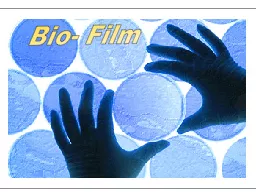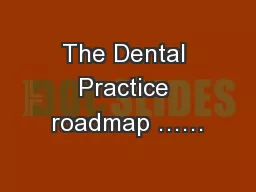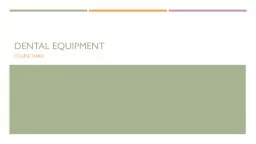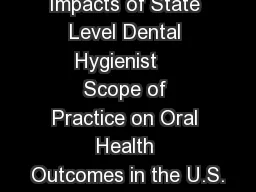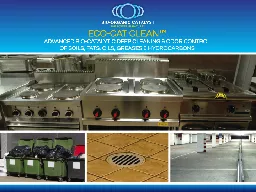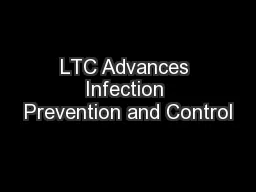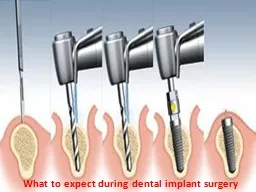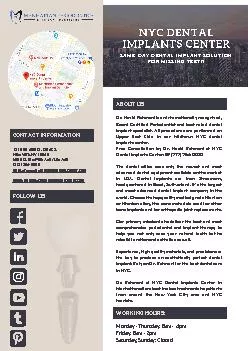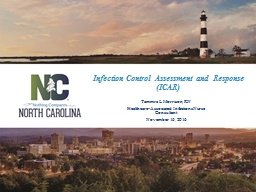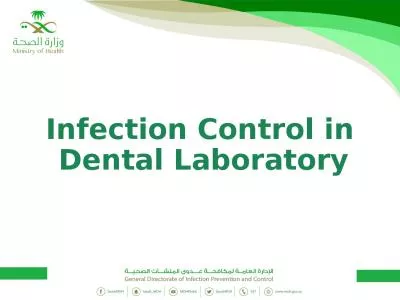PPT-Bio- Film A lot of stress is given today towards infection control in Dental Practice.
Author : agentfor | Published Date : 2020-10-22
Recently concerns have been raised about bacterial growth which form Biofilms in slowly moving waterlines in the Dental chair and water in such waterlines is being
Presentation Embed Code
Download Presentation
Download Presentation The PPT/PDF document "Bio- Film A lot of stress is give..." is the property of its rightful owner. Permission is granted to download and print the materials on this website for personal, non-commercial use only, and to display it on your personal computer provided you do not modify the materials and that you retain all copyright notices contained in the materials. By downloading content from our website, you accept the terms of this agreement.
Bio- Film A lot of stress is given today towards infection control in Dental Practice.: Transcript
Download Rules Of Document
"Bio- Film A lot of stress is given today towards infection control in Dental Practice."The content belongs to its owner. You may download and print it for personal use, without modification, and keep all copyright notices. By downloading, you agree to these terms.
Related Documents

